NoSQL Database Management Systems and Models in Comparison
Document-oriented, key-value, column-based and graph databases are reshaping modern data management. This overview explains how each NoSQL model works and helps you choose the right solution for your use case.
In recent years, NoSQL database management systems have become essential in handling large, unstructured, and high-velocity data. Unlike traditional relational databases, NoSQL systems offer flexibility, scalability, and performance for modern applications — from cloud platforms to analytics environments.
For a general introduction to database structures, visit our article Introduction to Databases. Below, we outline and compare the main NoSQL models.
NoSQL Database Models
- Document-oriented databases store data in flexible documents, usually in JSON or BSON format. Examples include MongoDB and Couchbase. Ideal for applications with variable data structures, microservices architectures, or fast iteration cycles.
- Key-value databases save information as simple key-value pairs — offering maximum speed for read/write operations. Systems like Redis and Amazon DynamoDB are perfect for caching, session management, or large-scale data lookups.
- Column-oriented databases store data by columns rather than rows, optimizing analytical queries and compression. Solutions like Apache Cassandra and HBase are commonly used for big data analytics and time-series processing.
- Graph databases focus on relationships and connections between data entities. Platforms such as Neo4j and Amazon Neptune are ideal for social networks, recommendation engines, and complex relationship mapping.
Comparison and Use Cases
- Flexibility: Document-oriented and key-value systems provide the greatest flexibility for rapidly changing data models.
- Scalability: Column and key-value databases excel in horizontal scalability — ideal for distributed cloud environments.
- Query Complexity: Graph databases handle complex relationship queries better than other models, while document stores strike a balance between flexibility and complexity.
- Performance: Key-value and column databases deliver top performance for read/write-heavy workloads.
Summary: Choosing the Right NoSQL Database
The optimal NoSQL database depends on your project’s specific needs. Document databases fit dynamic data structures; key-value stores deliver speed and simplicity; column-oriented models handle analytics efficiently; graph databases reveal complex connections.
Whichever model you choose, ensure your infrastructure supports scalability, availability, and data security — for example through centron’s Cloud Hosting or Big Data Hosting solutions.


